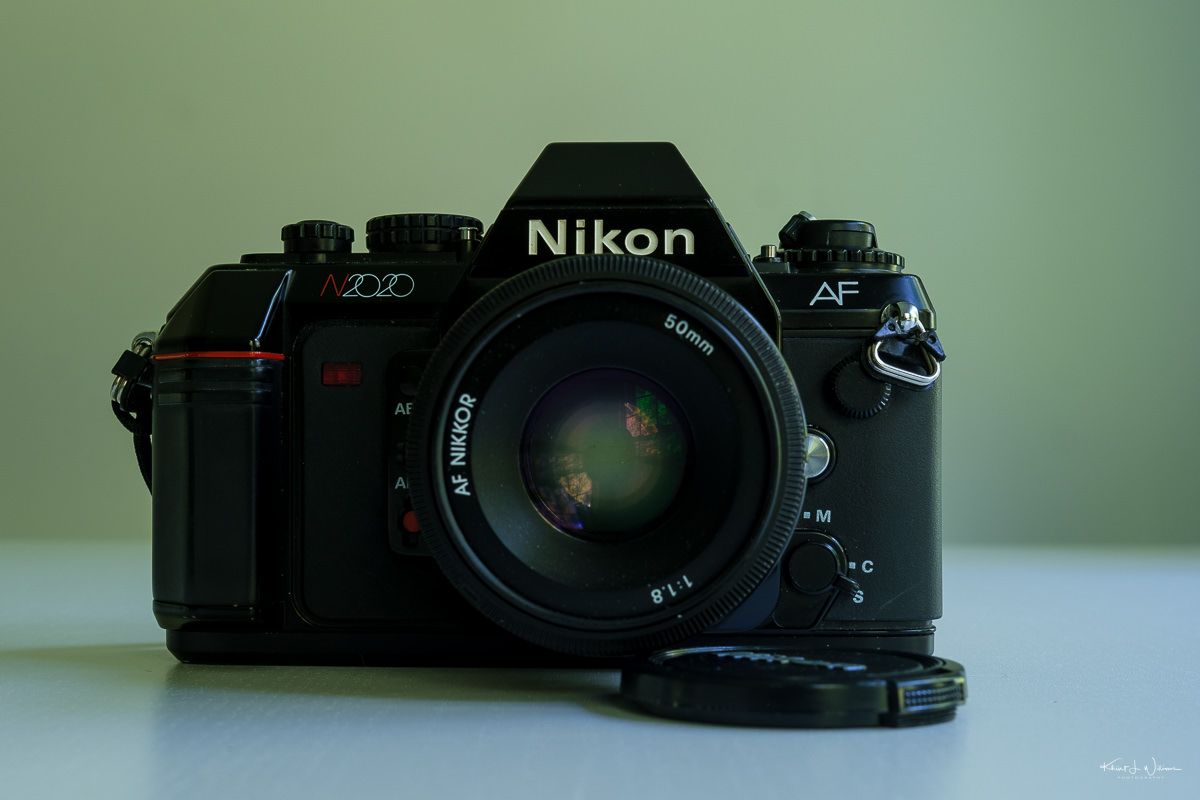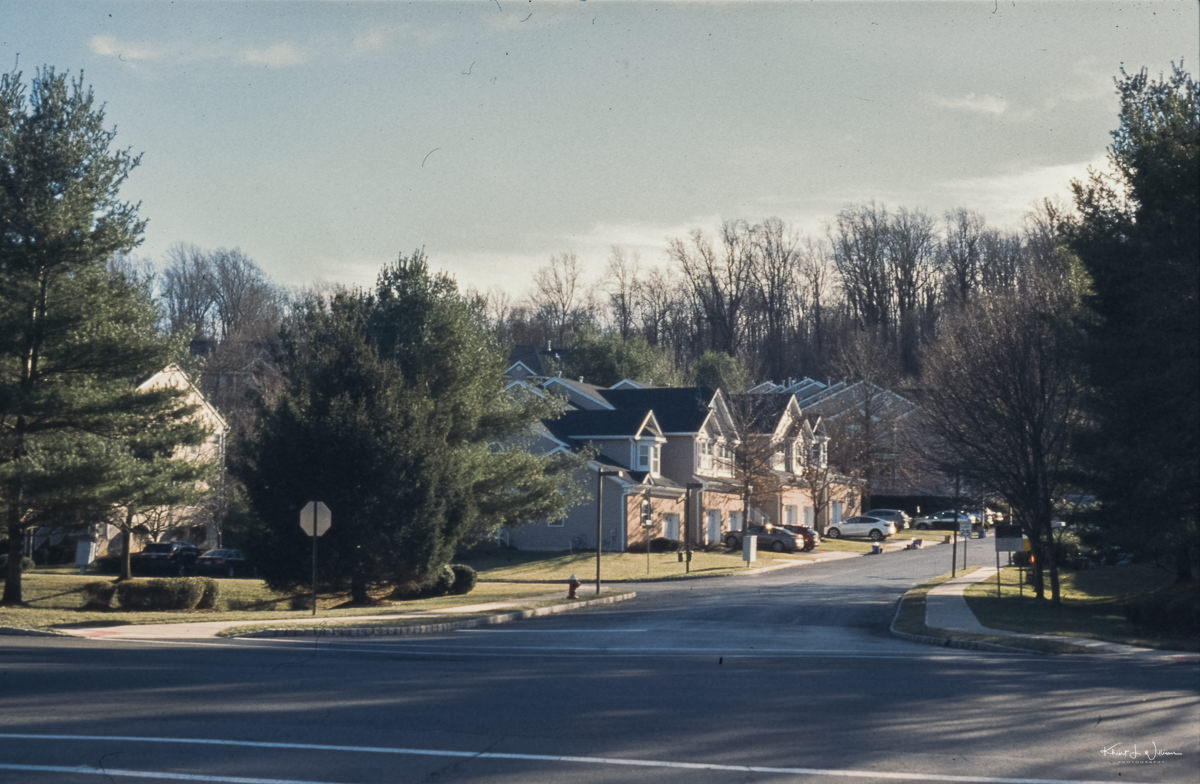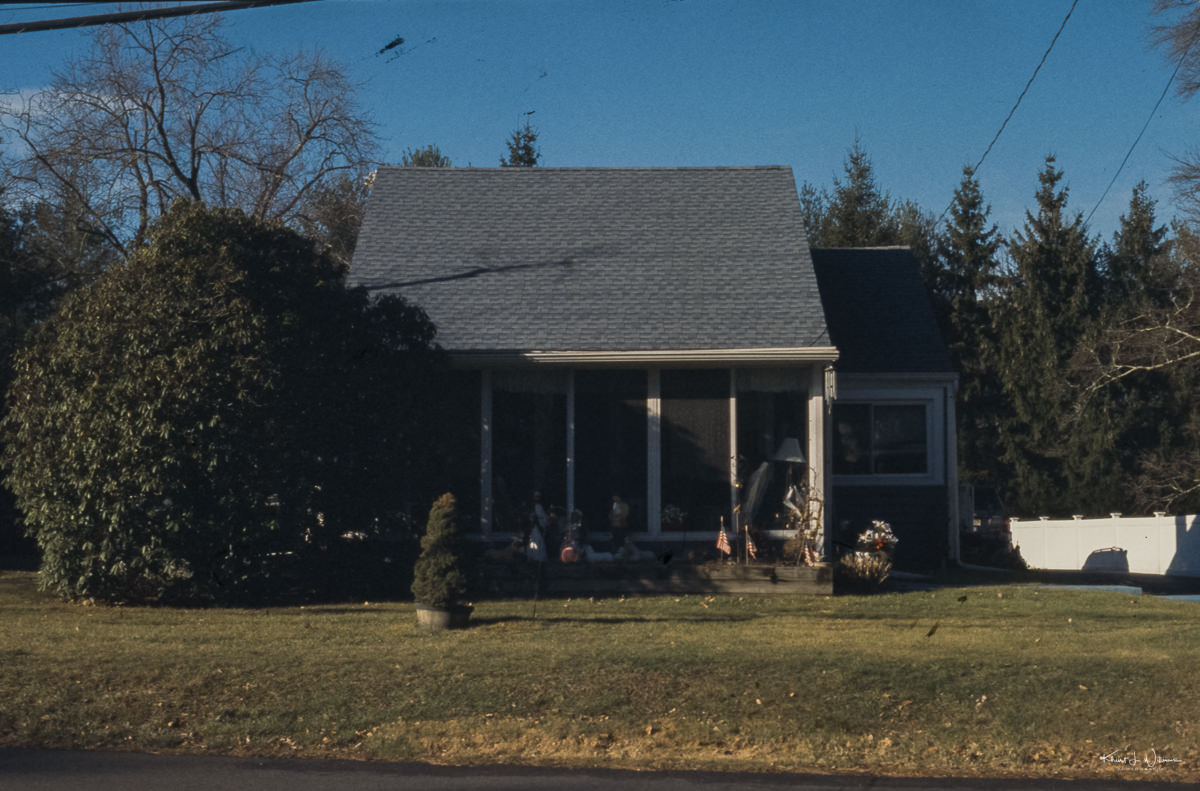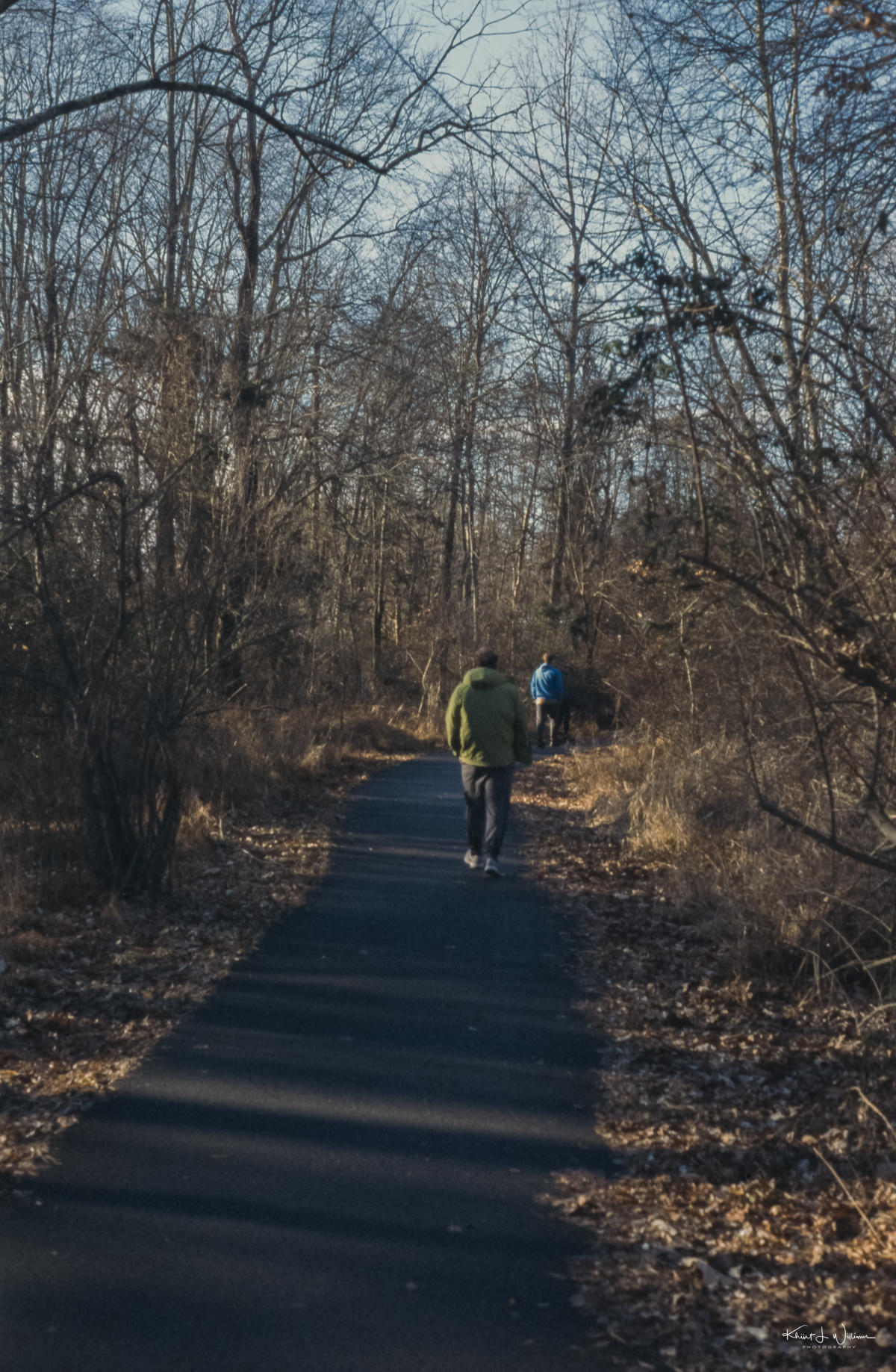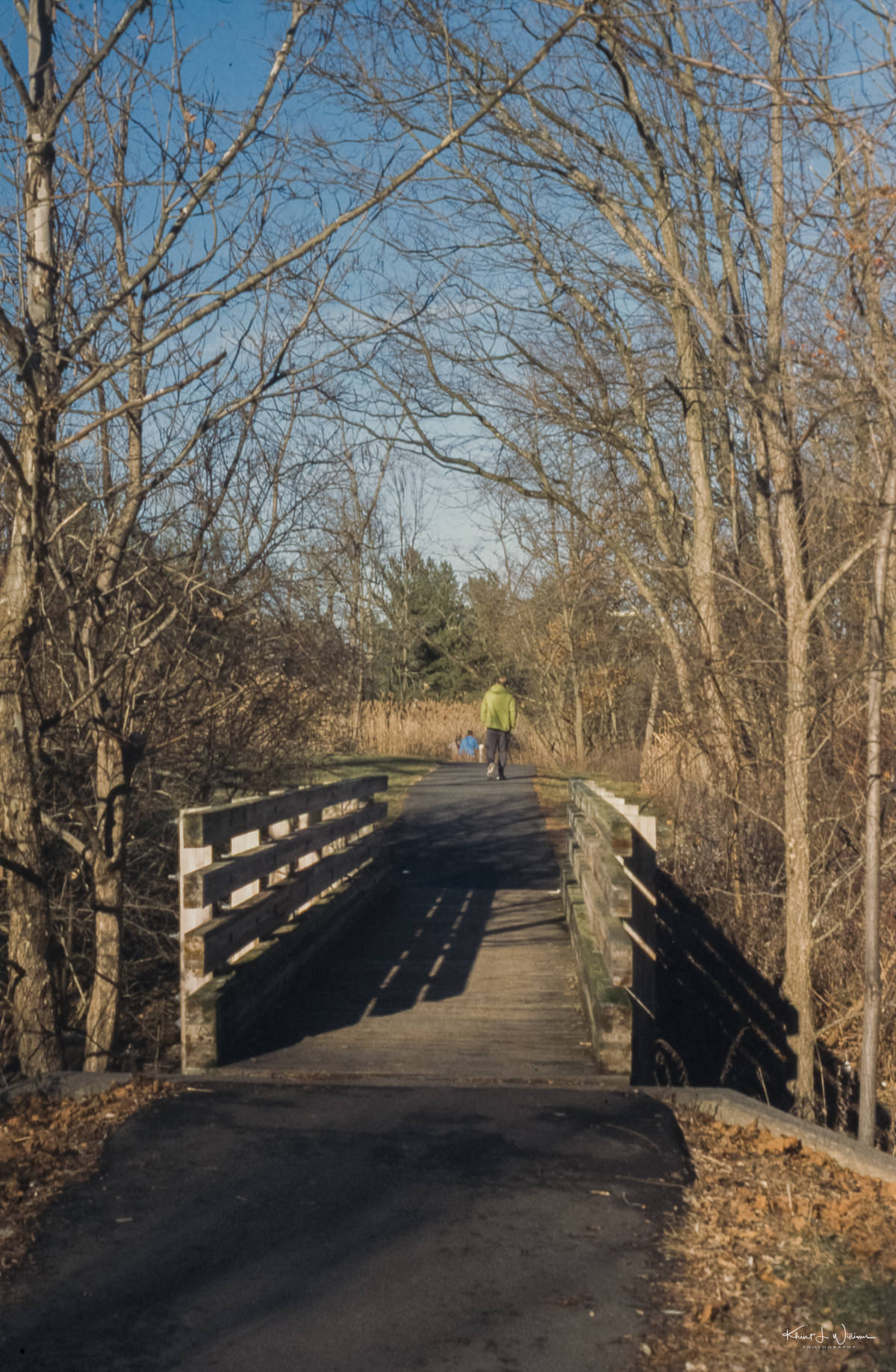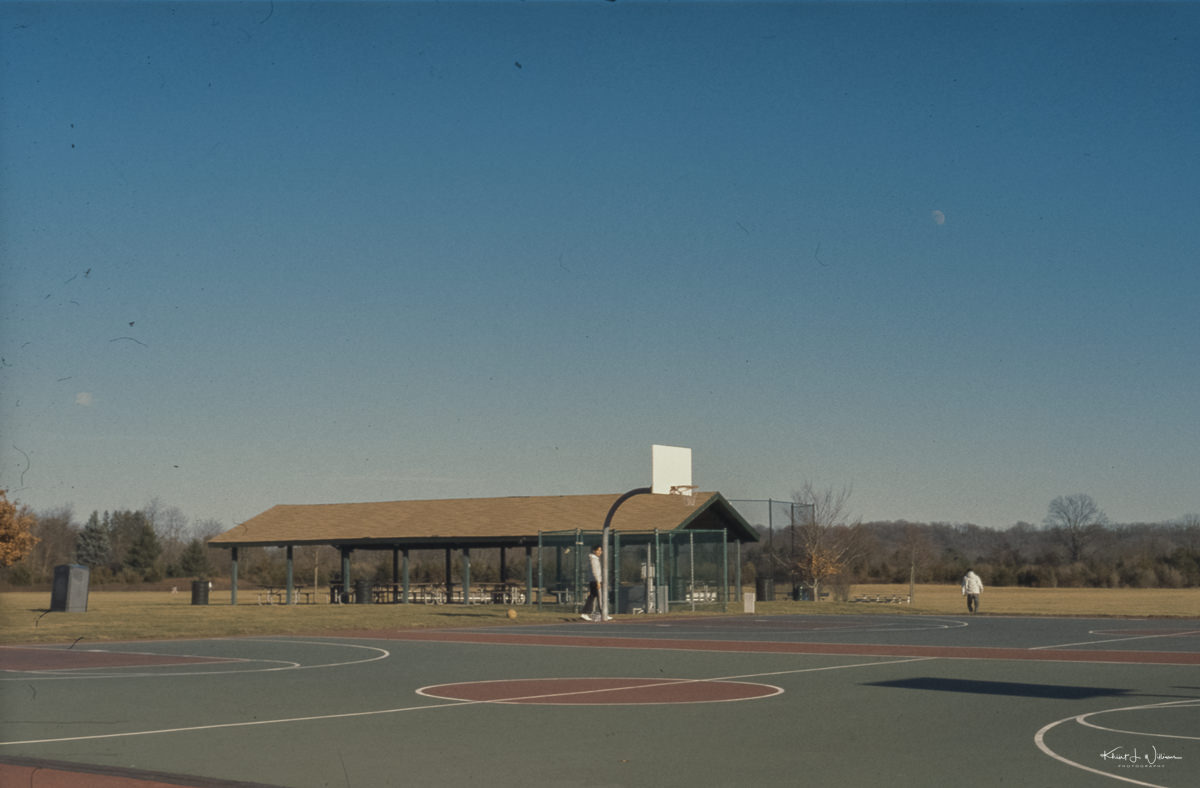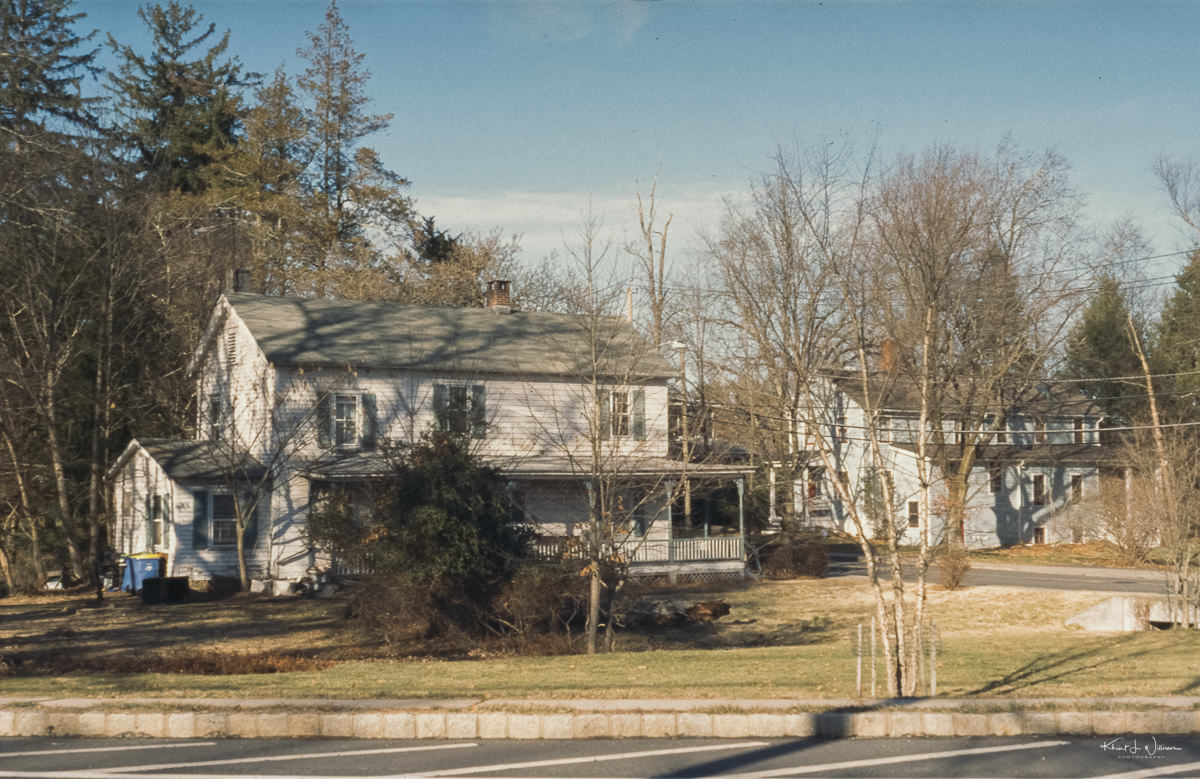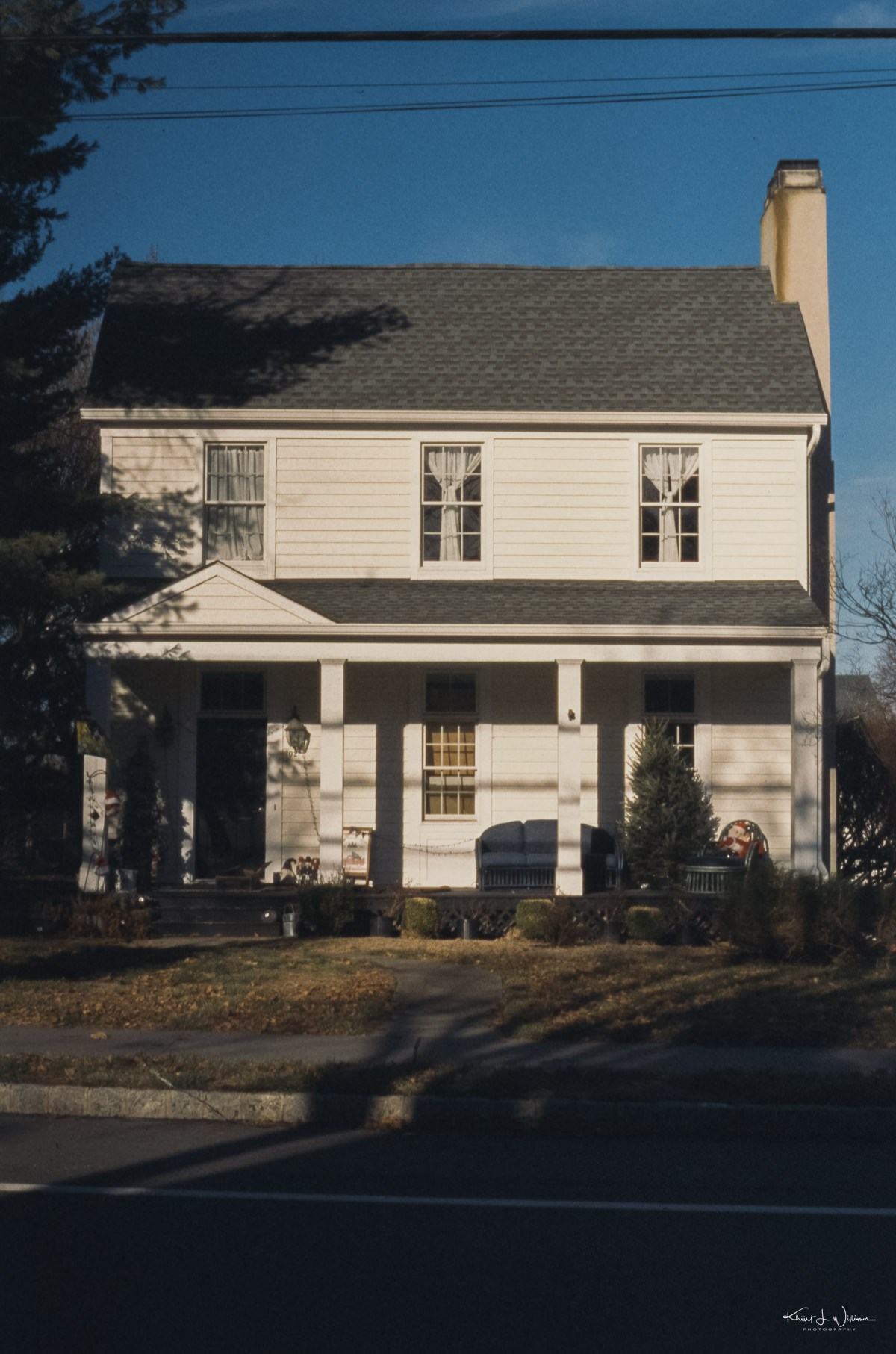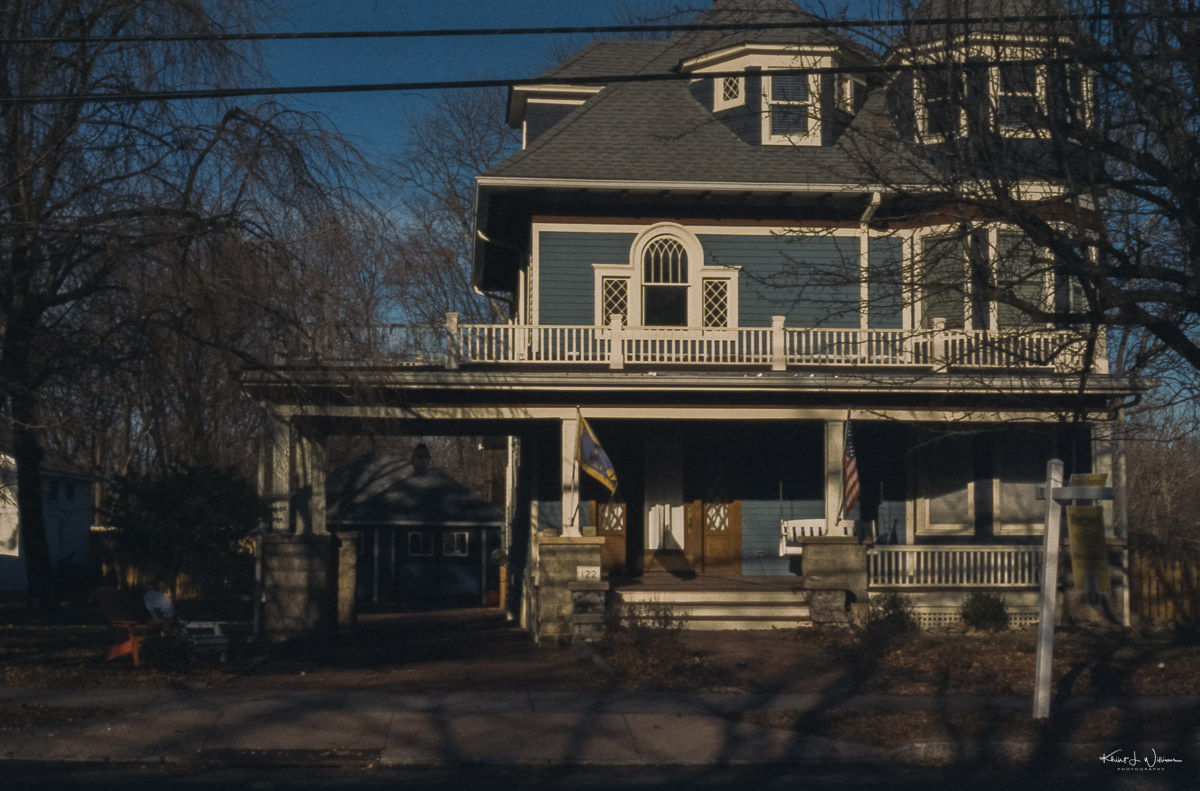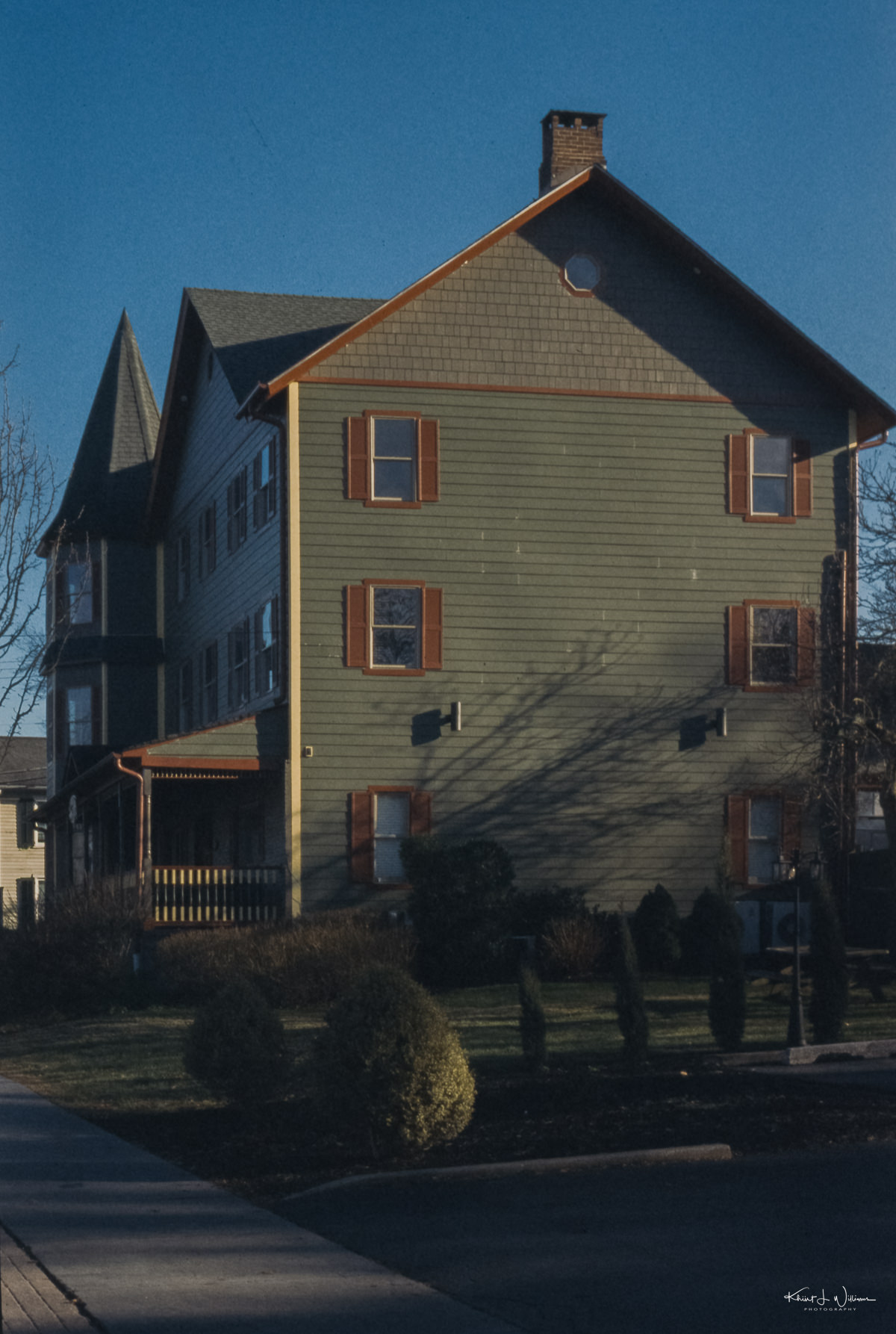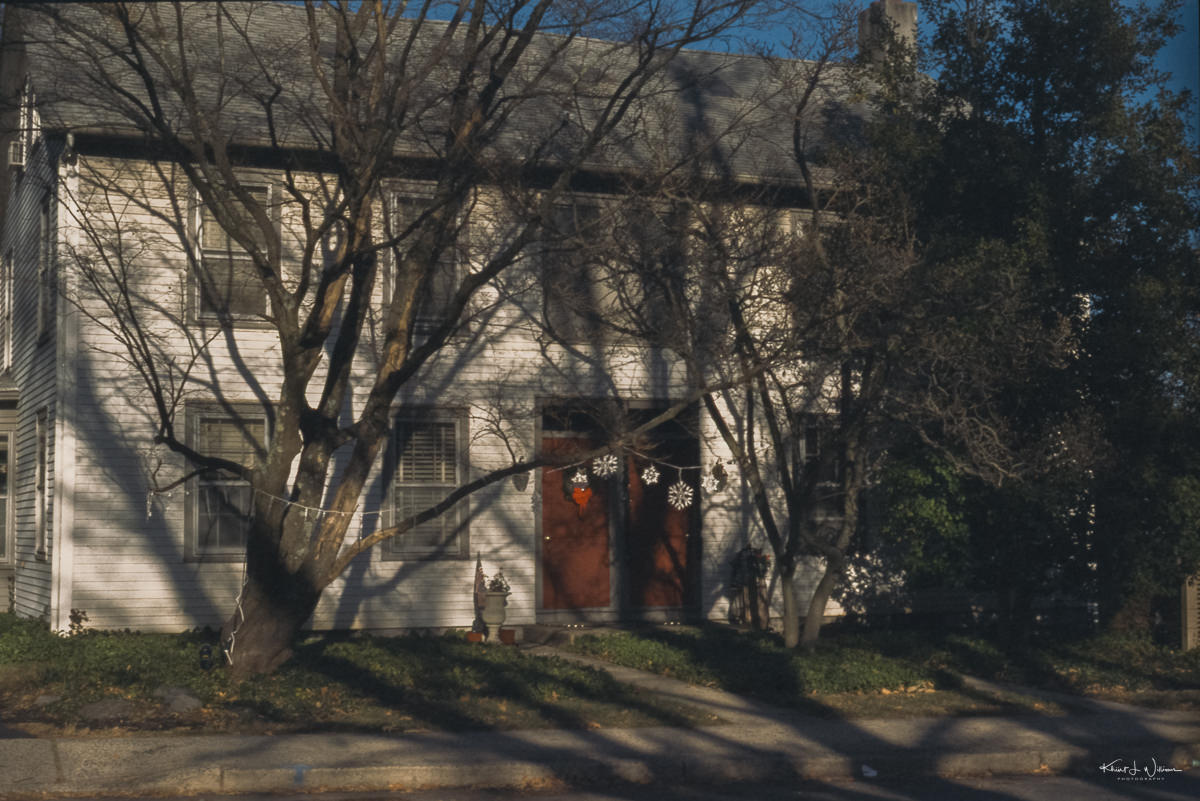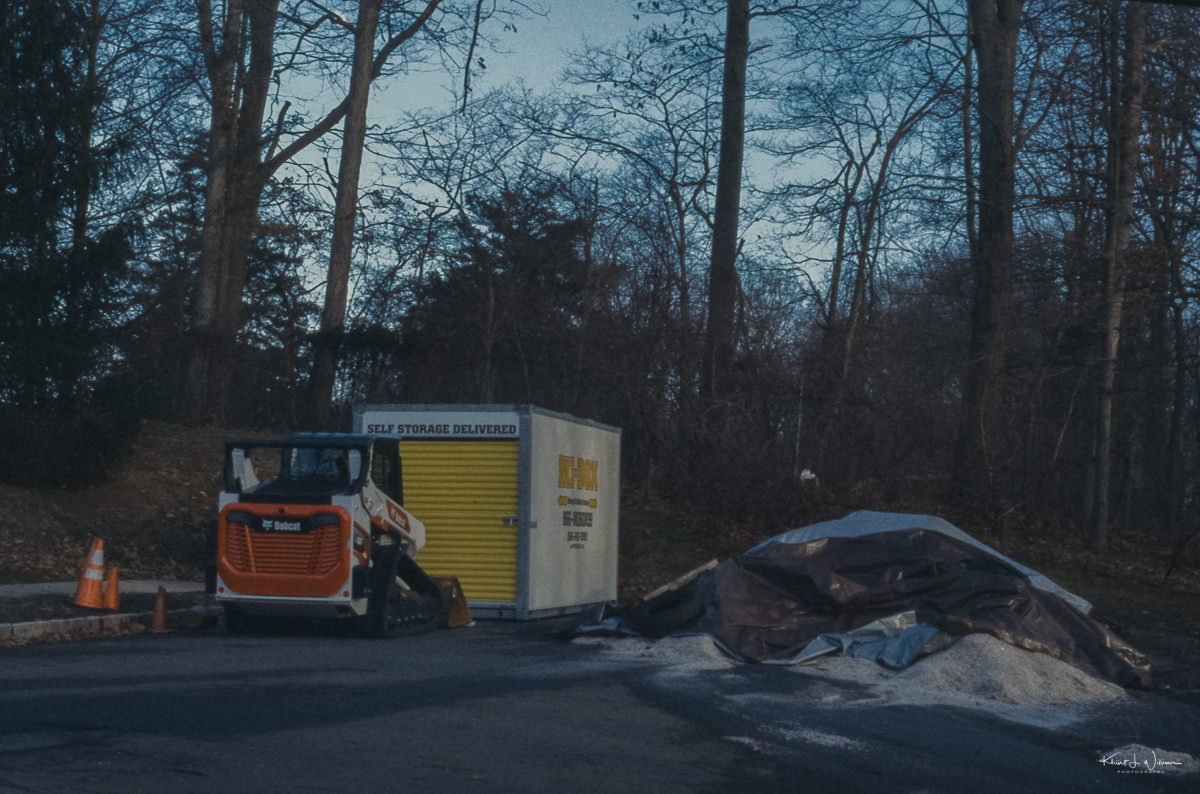As an avid photography enthusiast, I have a soft spot for my Minolta XD-11 and Minolta X-700 cameras. However, my less-than-ideal vision, resulting from cataract surgery in the early 2000s and multiple eye surgeries in 2019, have made manual focusing challenging. While my everyday activities are manageable, photography requires more precision. Therefore, I sought to purchase a 35mm film camera to accommodate my needs.
Here's a concise list of the features I desired:
- Autofocus and manual capability
- Classic design reminiscent of late 1970s and 1980s film cameras
- Programmed auto-exposure mode
- Aperture priority and Shutter priority modes
- Manual ISO dial
- Exposure compensation dial
- Solid and durable construction
After seeking advice from Jim Grey and reading reviews online, I decided the Nikon N2020 (Nikon F-501) was the perfect fit. I scoured eBay and KEH for weeks without purchasing until one fortuitous spring morning in Princeton. While walking around with my Fuji X-T3, I "stumbled" into the New York Camera of Princeton. It’s interesting how often I stumble into New York Camera of Princeton. 🙂
After a short conversation about my needs, the shop owner handed me a clean and functional Nikon N2020 from the display case and even replaced the batteries for me to test. The camera felt good in my hands, and the AF Nikkor 50mm f/1.8 lens provided with it seemed capable. After a brief overview of its essential features and several presses of the shutter, I couldn't contain my excitement, especially when they offered the body and lens for a reasonable price of $87.
| Specification | Details |
|---|---|
| Camera Type | Film SLR |
| Film Format | 35mm |
| Lens Mount | Nikon F Mount |
| Shutter Type | Electronically controlled focal plane shutter |
| Shutter Speed Range | 30 seconds to 1/2000th of a second |
| Exposure Modes | Program, Aperture Priority, Manual |
| ISO Range | 25 - 5000 |
| Built-in Light Meter | Yes |
| Viewfinder Type | Pentaprism Viewfinder |
| Autofocus | Yes |
| Multiple Exposure | Yes |
| Self-Timer | Yes |
| Battery | Two 3V CR1/3N or DL1/3N lithium batteries |
| Dimensions (W x H x D) | Approx. 146 x 91.5 x 59 mm |
| Weight | Approx. 470 grams (body only) |
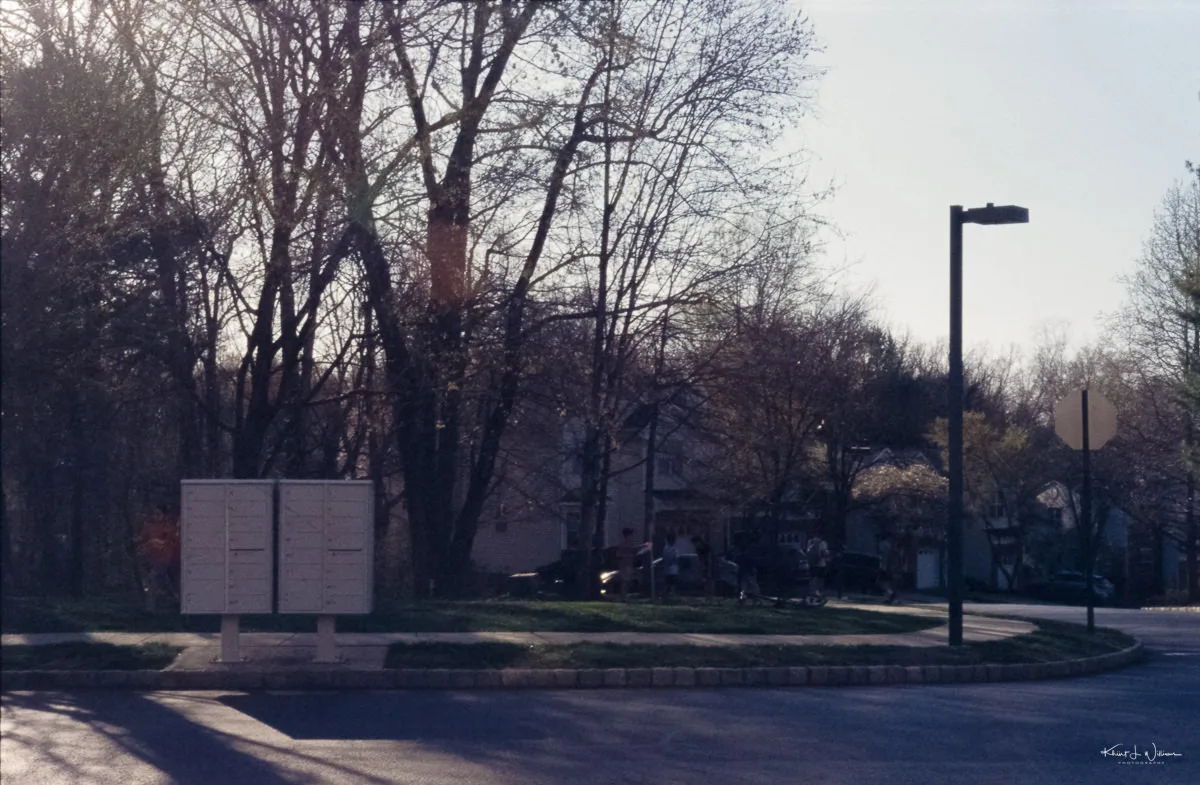
The Nikon N2020, released in 1986, was a groundbreaking camera that revolutionised photography with its autofocus technology. It made focusing quicker and more accurate, a significant advantage for capturing moving subjects and action shots. Despite the technology's limitations compared to modern cameras, the N2020's autofocus is considered quick for its time, and it helped make photography more accessible to a wider audience.
Auto Focus: Auto Focus is the main reason I wanted this camera. The N2020 utilises Nikon's first-generation autofocus module, with 96 CCDs focused on a subject in the centre of the frame. Later modules, like the AM200 used in the F4, had 200 CCDs. The autofocus uses a "screw drive" mechanism, where the camera body's motor drives the lens. Nikon labelled the initial screw drive lenses as "AF" or "AF-D." Nowadays, most autofocus lenses have motors within the lens but are powered by the camera body, resulting in less noise and vibration.
Despite being slower than modern cameras, the N2020's autofocus is still capable, particularly in well-lit conditions. It performs better in daylight than in low-light situations. The camera can achieve "focus lock" by half-depressing the shutter, allowing you to reframe while maintaining focus. However, the screw drive autofocus generates some noise during operation.
The N2020 offers "single" and "continuous" autofocus modes. In "single" mode, the shutter will not release until the subject is focused, allowing for focus lock and reframing. The "continuous" mode attempts autofocus tracking but is not very effective.
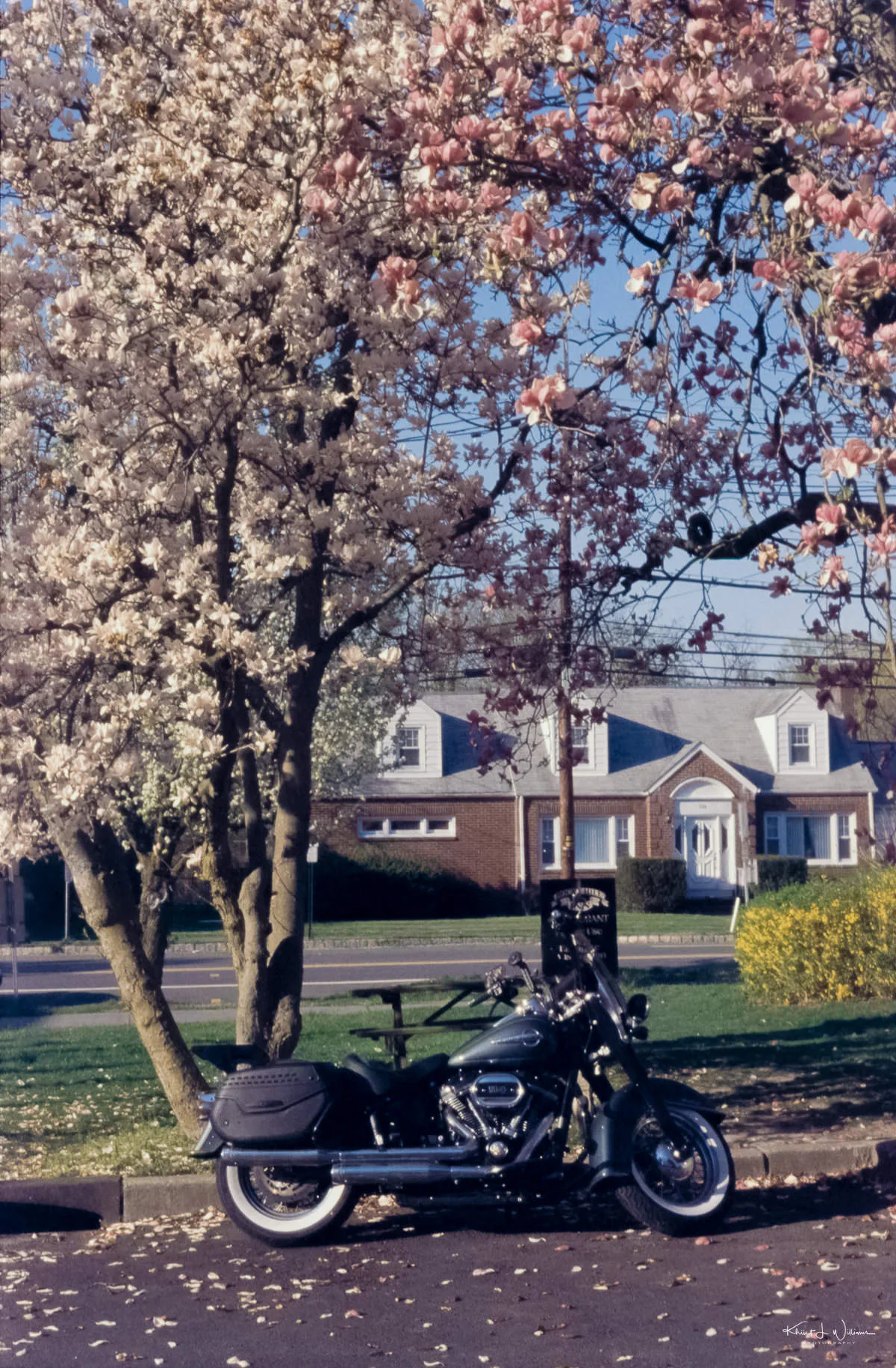
Viewfinder: My copy of the Nikon N2020 has a reasonably clear and uncluttered viewfinder, although it may be less bright than other models. The viewfinder displays LEDs for the shutter speed on the right side and focusing indicators at the bottom, providing essential information for composing shots.
By default, the camera has a "Type B" focusing screen. However, you have the option to replace it with either a proprietary "Type J" screen (matte/fresnel with a centred microprism) or a "Type E" screen (grid).
Focus Assist: The Nikon N2020 allows most manual focus Nikon lenses to utilise its autofocus sensor for "assistance." By half-pressing the shutter button, you activate the sensor, and arrows and a circle will appear at the bottom of the viewfinder. Once the centre circle turns "green," it indicates that the lens is in focus. This focus assist feature is valuable and has been incorporated into subsequent higher-end Nikon film SLRs.
Exposure Modes: The Nikon N2020 offers three program modes: aperture priority and manual operation. In program modes, only the shutter speed is shown in the viewfinder. "Program" is a fully automatic mode setting both aperture and shutter speed. "Program Hi" sets a higher shutter speed and wider aperture. "Program Dual" switches to "Program Hi" for lenses 135mm or longer; otherwise, it uses regular "Program." Aperture priority mode lets users choose the aperture, while manual allows setting both shutter speed and aperture. The camera indicates meter mismatches by blinking the shutter speed.
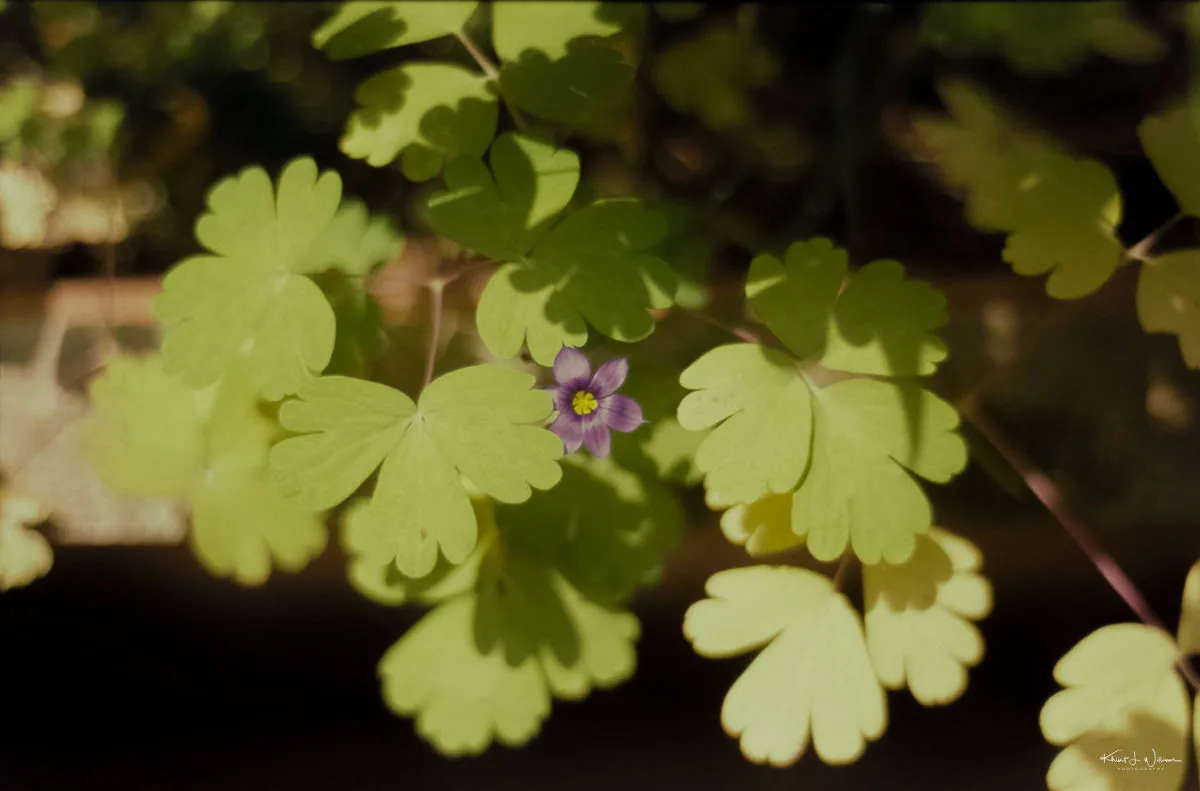
Auto Film Loading: With auto film loading, the Nikon N2020 streamlines the process of loading film, making it quick and efficient for photographers to start capturing their images without requiring extensive manual film threading. Push the shutter button after loading the film canister to activate this feature. There is no automatic film rewind.
Under Exposure Warning Alarm: The Nikon N2020 features an underexposure warning alarm with a switch on the top. If the selected shutter speed and aperture combination is insufficient for the lighting conditions, it produces a loud beep. However, you have the option to disable this feature if desired.
Motor Drive: The Nikon N2020 has an integrated motor drive for continuous shooting. However, the motor drive on this camera is relatively loud and lacks sound-dampening, which means it can be noticeable during operation.
The N2020 can achieve up to 2.5 frames per second in the fastest continuous shooting mode. This rate is comparable to other non-professional cameras of its time. Under normal ideal shooting conditions, the camera can sustain a continuous shooting speed of about 1.5 to 2 frames per second.
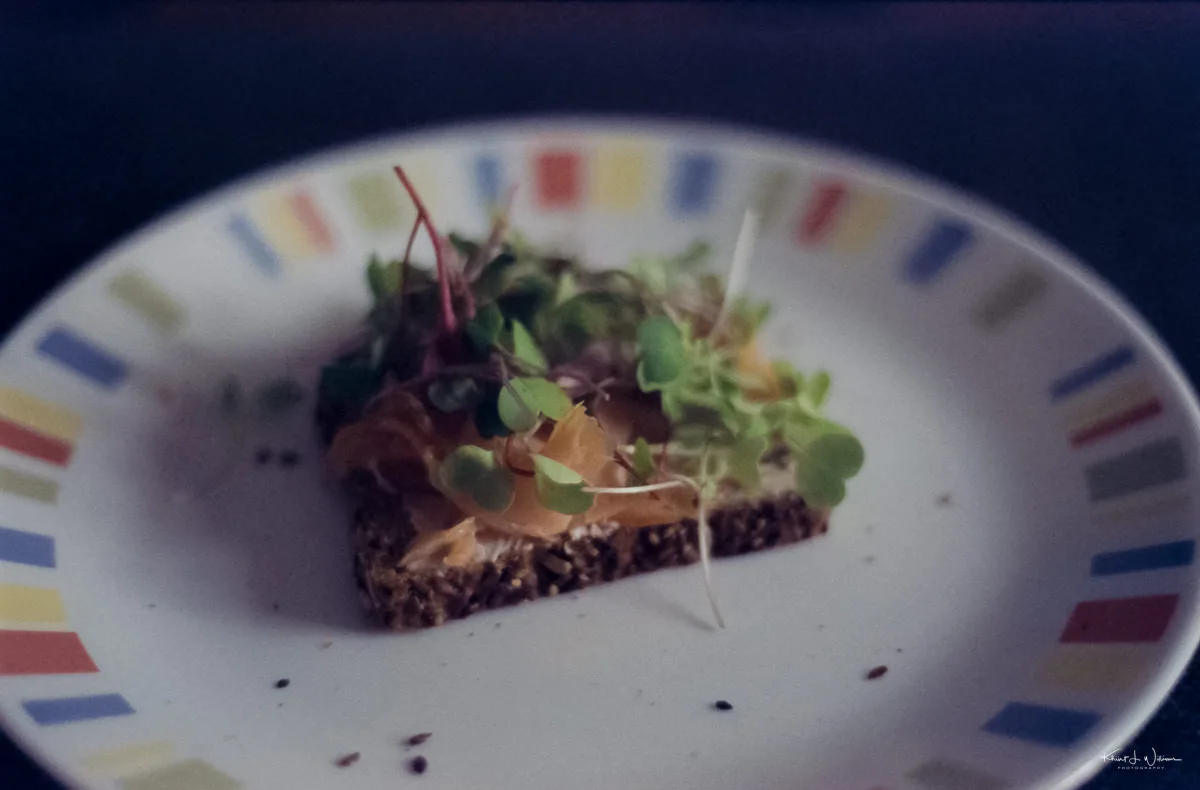
While the continuous shooting capability is useful for capturing fast-paced action or sequences of shots, the noise produced by the motor drive might be a consideration for photographers who prefer a quieter shooting experience, especially in quiet or discreet shooting environments. However, for situations where capturing multiple frames in quick succession is essential, the Nikon N2020's motor drive provides a functional and effective tool for those needs.
Film Speed: The Nikon N2020 offers versatile film speed options for various shooting scenarios. The ISO dial has a DX setting, automatically recognising and reading the film's coded information from DX-coded film cassettes. This simplifies the shooting process, as the camera sets the appropriate ISO speed of the film automatically, ensuring accurate metering and exposure settings.
For non-DX coded film cassettes or if the photographer wants to override the DX setting, the N2020 allows manual film speed selection. Users can manually choose any film speed between 25 to 3200 ISO. This wide range of manual film speed selection ensures compatibility with various types of 35mm films, including those with non-standard or specialised ISO ratings.
DX and manual film speed options allow photographers to use a wide array of film stocks, adjust sensitivity to lighting conditions, and accommodate creative preferences. Whether shooting with standard DX-coded films or experimenting with unique film emulsions, the Nikon N2020 provides the necessary versatility to achieve optimal exposure.
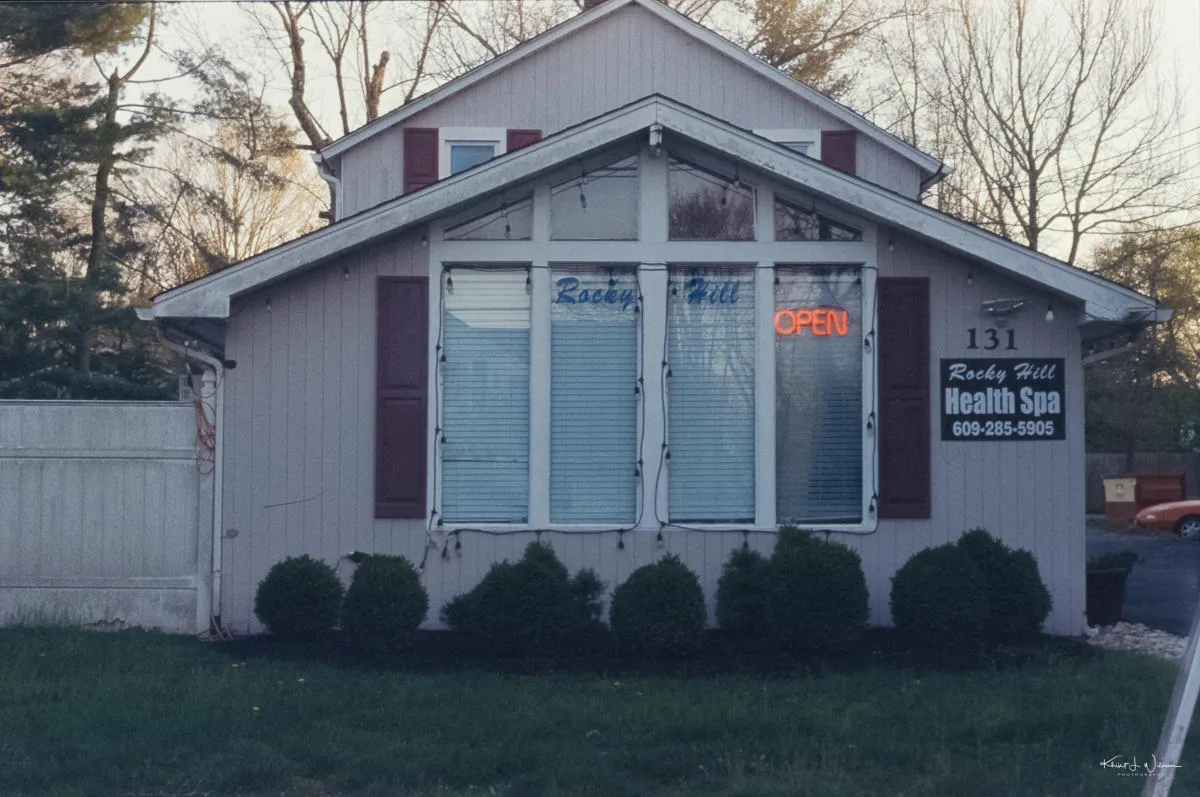
Exposure Compensation: You can override the camera's automatic metering and fine-tune the exposure for specific shooting conditions or creative effects. Located on the ASA dial, there is a dedicated wheel that enables exposure compensation adjustments ranging from -2 to +2 stops. To dial in the desired negative or positive exposure compensation value, simultaneously press an adjacent button and rotate the exposure compensation wheel.
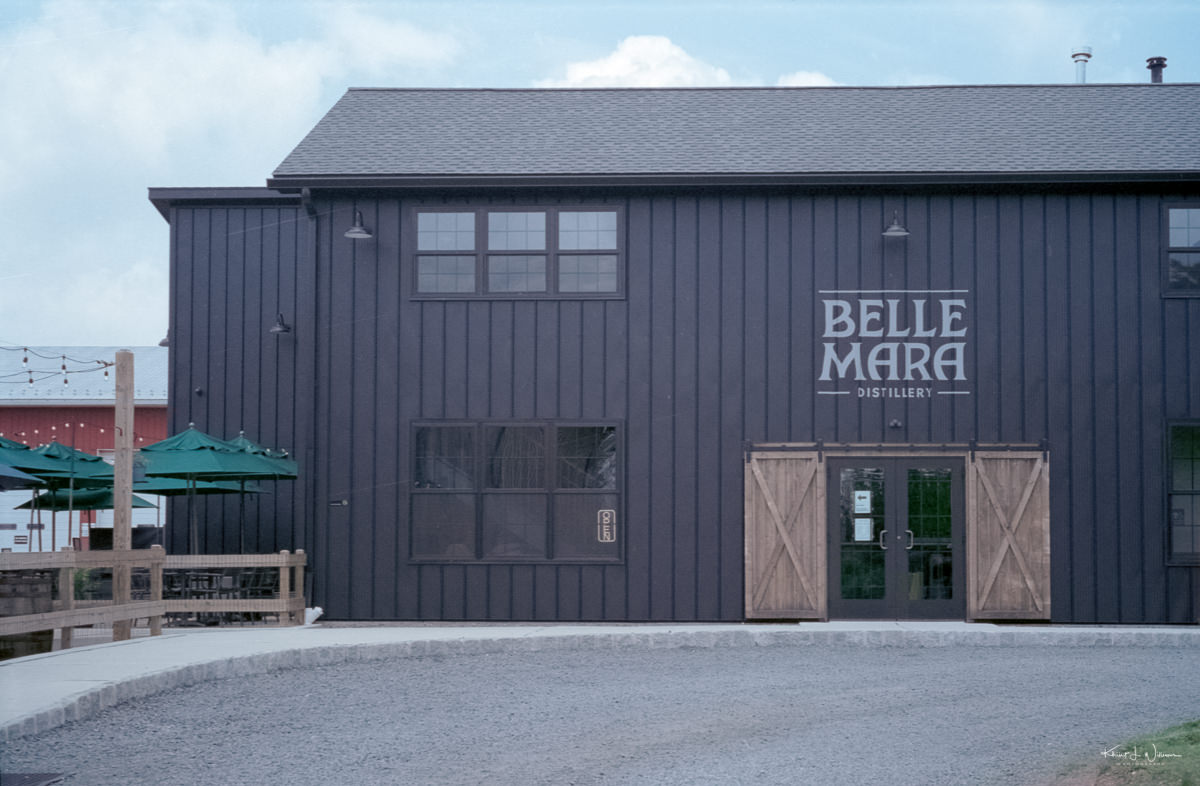
The Nikon N2020's sturdy build quality and ergonomic design make it comfortable to handle during shooting sessions. Its versatile shutter speed range of 30 seconds to 1/2000th of a second, with a bulb mode, allows for creative photography, including long-exposure shots.
The camera's ISO range from 25 to 5000 offers flexibility in adapting to various lighting conditions, and it supports both DX-coded film and manual ISO adjustments.
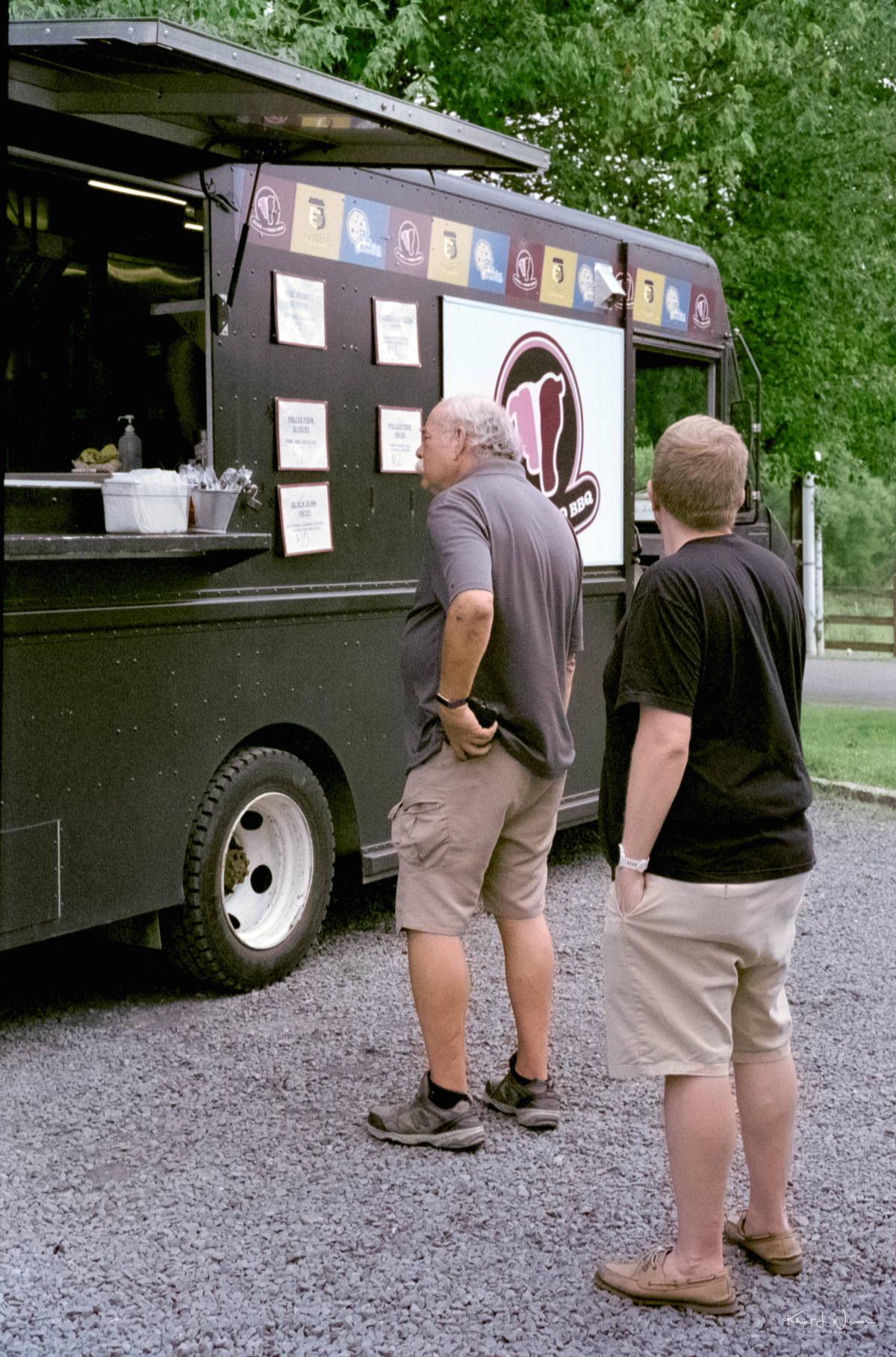
The N2020’s compatibility with Nikon's F-mount lenses, renowned for their backward compatibility and extensive range, is a significant advantage. While the 43mm "perfect normal" focal length more closely matches the human eye’s perspective, the 50mm focal length was popularised by Leica, and it quickly became "standard." The "standard" AF Nikkor 50mm f/1.8 lens sold with the camera is a versatile, high-quality prime lens suitable for portraits, street photography, and low-light conditions.
| Specification | Value |
|---|---|
| Name | AF Nikkor 50mm f/1.8 |
| Manufacturer | Nikon |
| Maximum Aperture | f/1.8 |
| Minimum Aperture | f/16 |
| Mount Type | Nikon F |
| Lens Type | Fixed Focal Length |
| Focal Length | 50mm |
| Angle of View | 46° |
| Minimum Focus Distance | 0.45m |
| Lens Construction | 6 elements in 5 groups |
| Diaphragm Blades | 7 |
| Autofocus | Yes |
| Filter Size | 52mm |
| Weight | 185g |
| Dimensions (DxL) | 64.5 x 39mm |
| Recommended | Yes |
So, what’s my conclusion? The Nikon N2020 provides a user-friendly experience, featuring intuitive controls, a bright viewfinder, and a classic 1980s SLR design. Its autofocus technology, versatile features, and lens compatibility make it an excellent choice for amateur 35mm film photography enthusiasts.
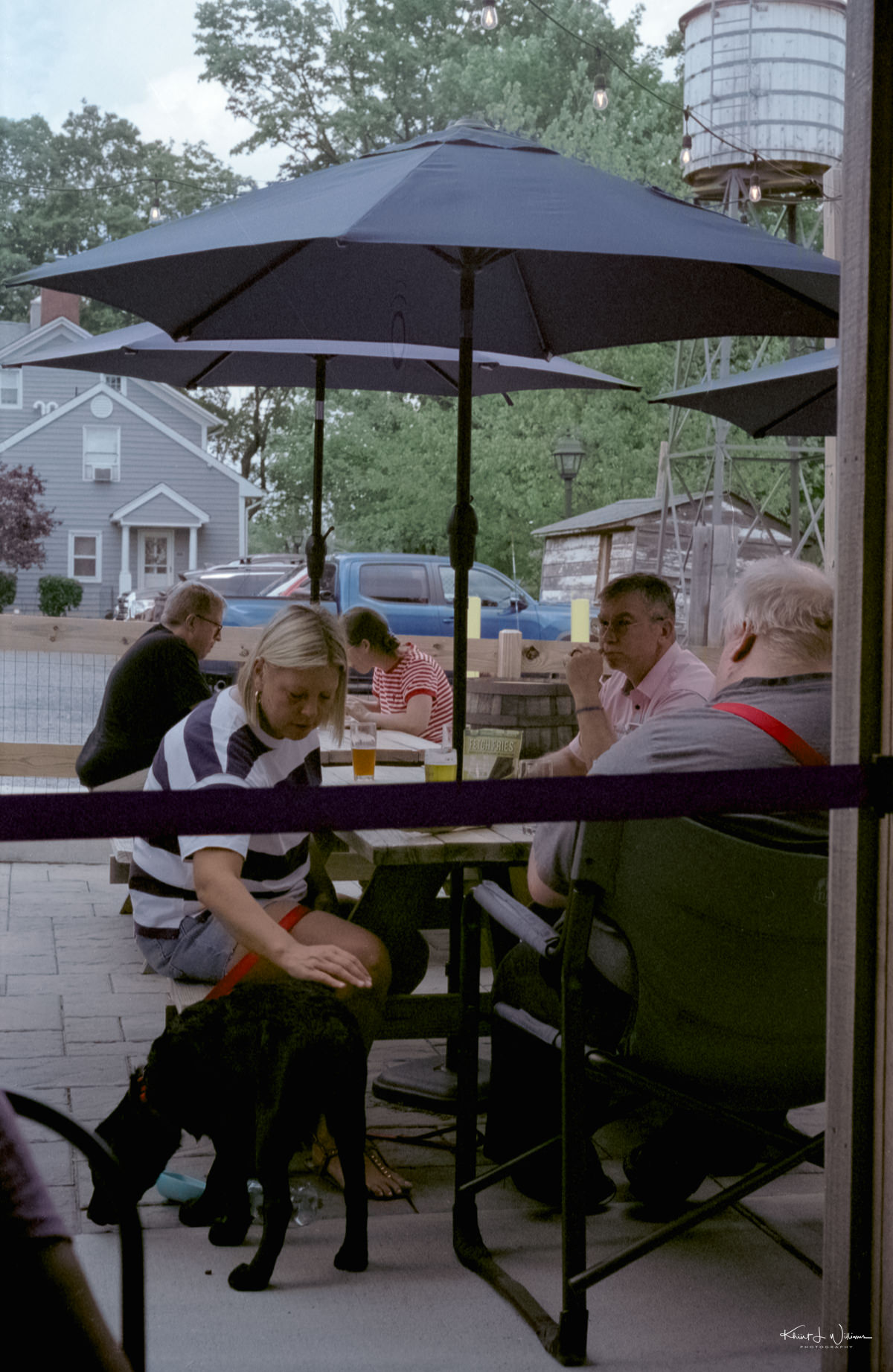
I exposed three 35mm film cartridges: an expired 36-exposure roll of Fujichrome Provia 400F, a roll of ORWO Wolfen Color NC500, and a fresh 36-exposure cartridge of Fujicolor Pro 400H.
The Fujichrome Provia 400F was underexposed. I had forgotten to override the automatic DX settings that the camera read from the cartridge. The Fujichrome Provia 400F was exposed at box speed.
All the films were developed at Boutique Film Lab and scanned on my Epson Perfection V600. The Fujicolor Pro 400H and ORWO Wolfen Color NC500 negatives were converted using Negative Lab Pro.
If you like Minolta SLRs, you might also enjoy my reviews of the XD-11, the X-700, and the XG-1. Or check out all of my camera reviews here.
